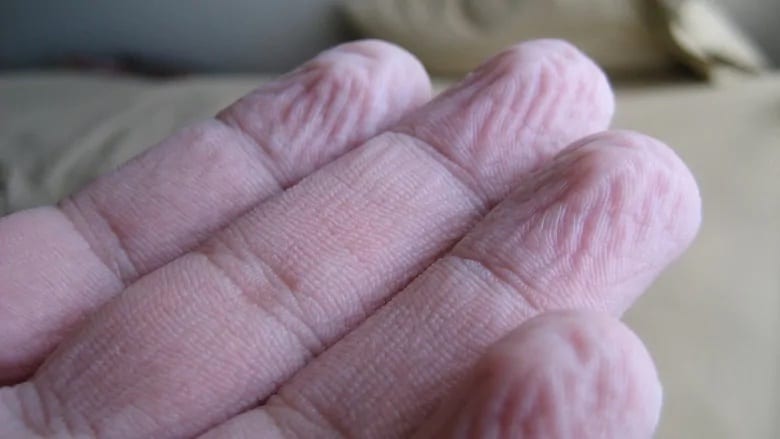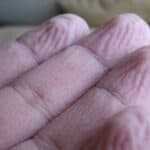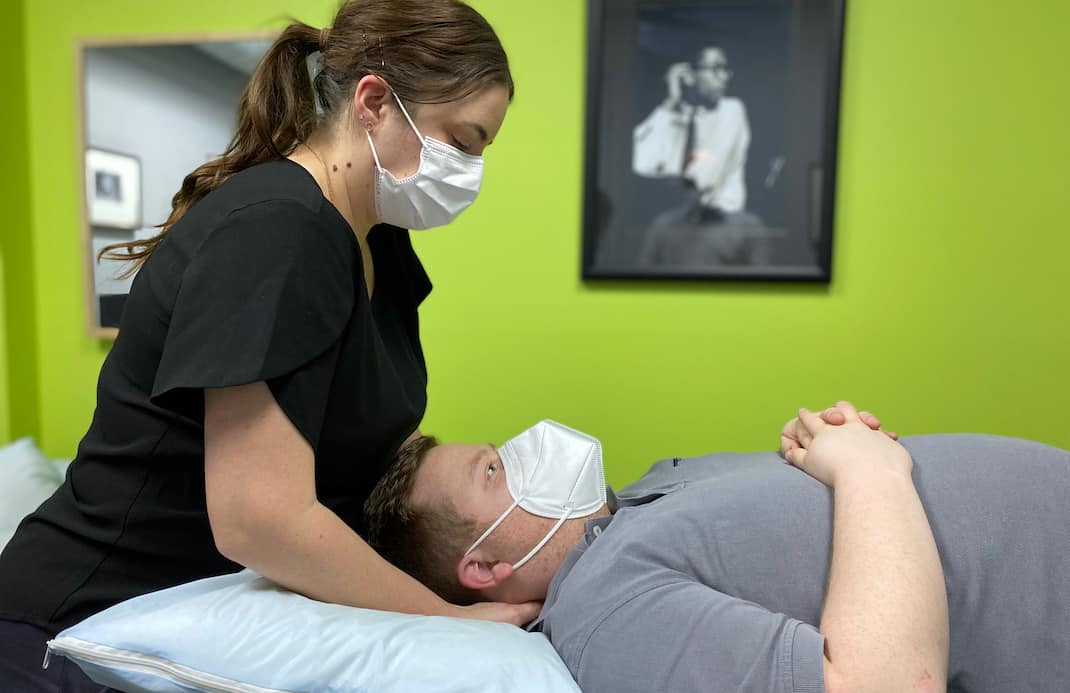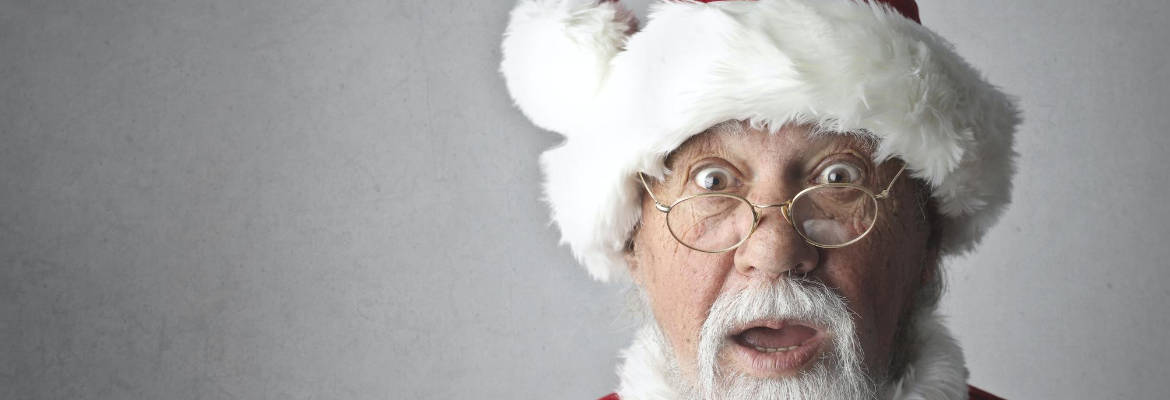In her first blog for us, physiotherapist and Pilates instructor Nicole Walker takes us through some of the basic principles of breathing. Better still, she has done a video too.
As she explains, there are different ways that you breath, and which strategy can affect how much energy you use, and how much oxygenation you receive as well.
Take it away Nicole!
How does breathing relate to Pilates?
Normal breathing is something a lot of us take for granted in our day to day lives.
Breathing is not only essential for life, but one of the most important principles of Pilates.
In Pilates, it is used to facilitate (help) movement, and can help with providing stability or increasing mobility (movement). Breathing is particularly important when it comes to providing stability to our spine and our pelvis.
Interestingly, the way we breathe can be affected if we are in a lot of pain and vice versa. This is because the muscles that we use to breathe are attached to many points on both our rib cage and our spine, which both move every time we breathe in and out.
So, what are the breathing muscles?
Diaphragm – The diaphragm is a thin but very big muscle, which attaches to the bottom of our rib cage and lower back. It is the most important breathing muscle!
This muscle is the main muscle for when we breathe in or INHALE.
Intercostals – These are the little muscles in between each rib and are important for when we inhale.
Abdominals – This includes our ‘six pack’ muscle or our ‘abs’ and our oblique muscles. These muscles are used when we breathe out or EXHALE more forcefully.
Accessory muscles – These include but are not limited to: scalenes, sternocleidomastoid, pectoralis minor/major. We tend to use these muscles when we are short of breath, feeling anxious or if we are having difficulty using our diaphragm and other breathing muscles.
By using these accessory muscles, it may mean that we are not getting enough oxygen to our body, and therefore may feel tired and/or lack energy.
Better breathing = better posture! More energy!
















